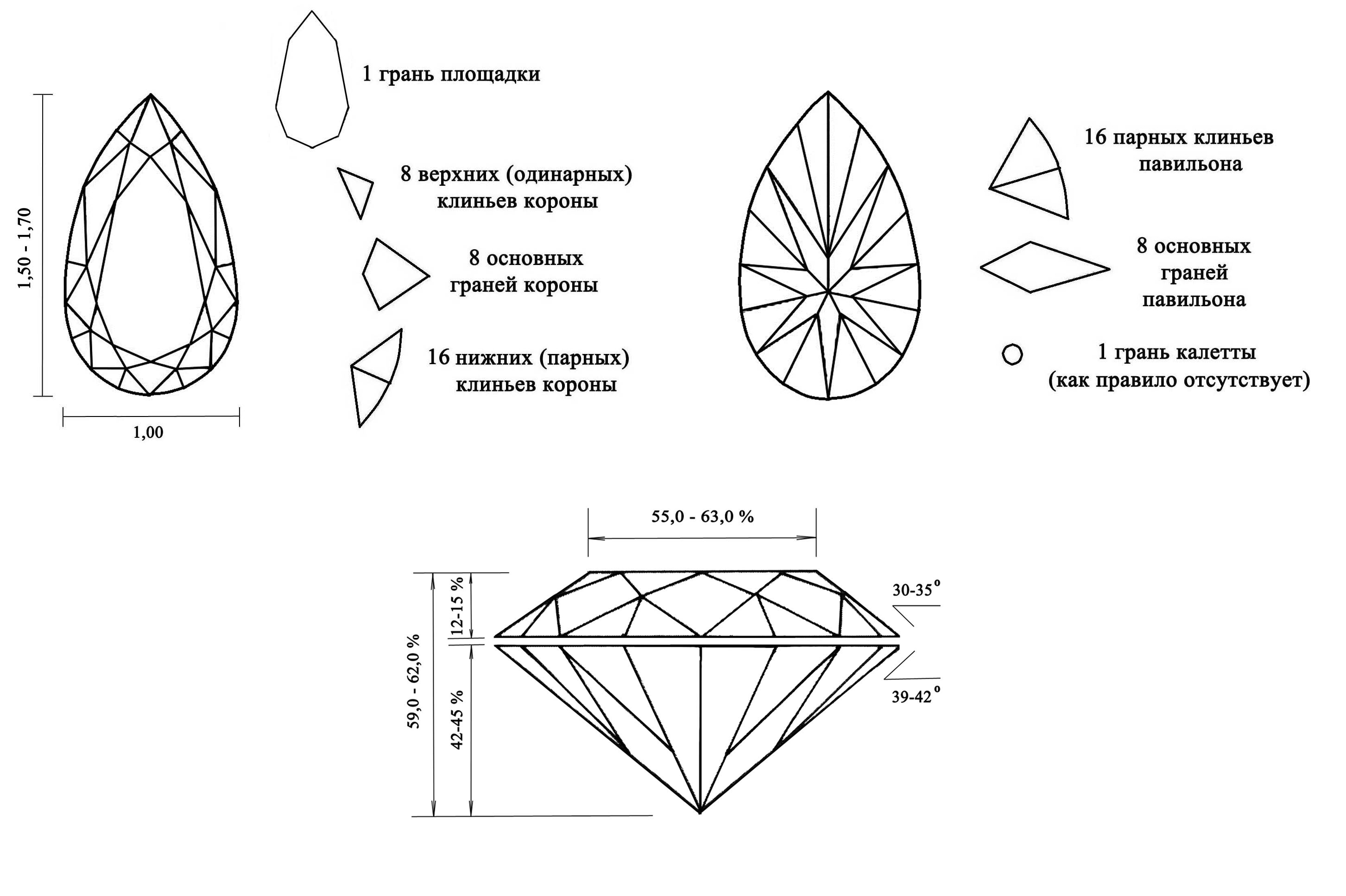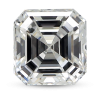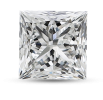open 10 am - 7 pm
laboratory is closed
Pear
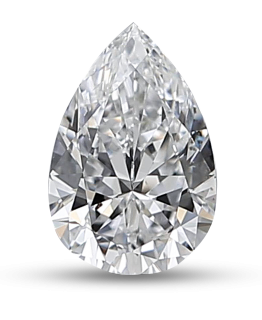
Cut in the plane of the girdle has the form of a pear cut diamond. Faceted stone in a classic performance has 56 facets, 33 facets of the crown (octagonal platform with eight wedges of the upper crown, the seven main facets of the crown in the form of a rhombus, one main face in the form of deltoid, sixteen pair of lower wedges), 23 the pavilion facets (sixteen pairs of wedges of the pavilion and the seven main facets of the pavilion in the form of deltoid).
The main elements of the diamond-cut shape "Pear"
(measurements optimal cut shapes)
The calculation of the weight
Calculate the weight (in carats) of the standard diamond cut "Pear" is made on the basic formula:
M = L x B x H x k
where M – mass cut diamond, L is the length of the cut of a diamond, the width of the diamond, H be the height of the diamond, k – conversion factor metric measurements using the volume to mass, taking into account the geometry of the cut and the density of diamond is 0,0060
More accurate weight is determined taking into account the amendments on the thickness of the girdle, the convexity of the cut, the size of the faces of the chamfers, the size of the caletta and the ratio of the proportions of the cut.
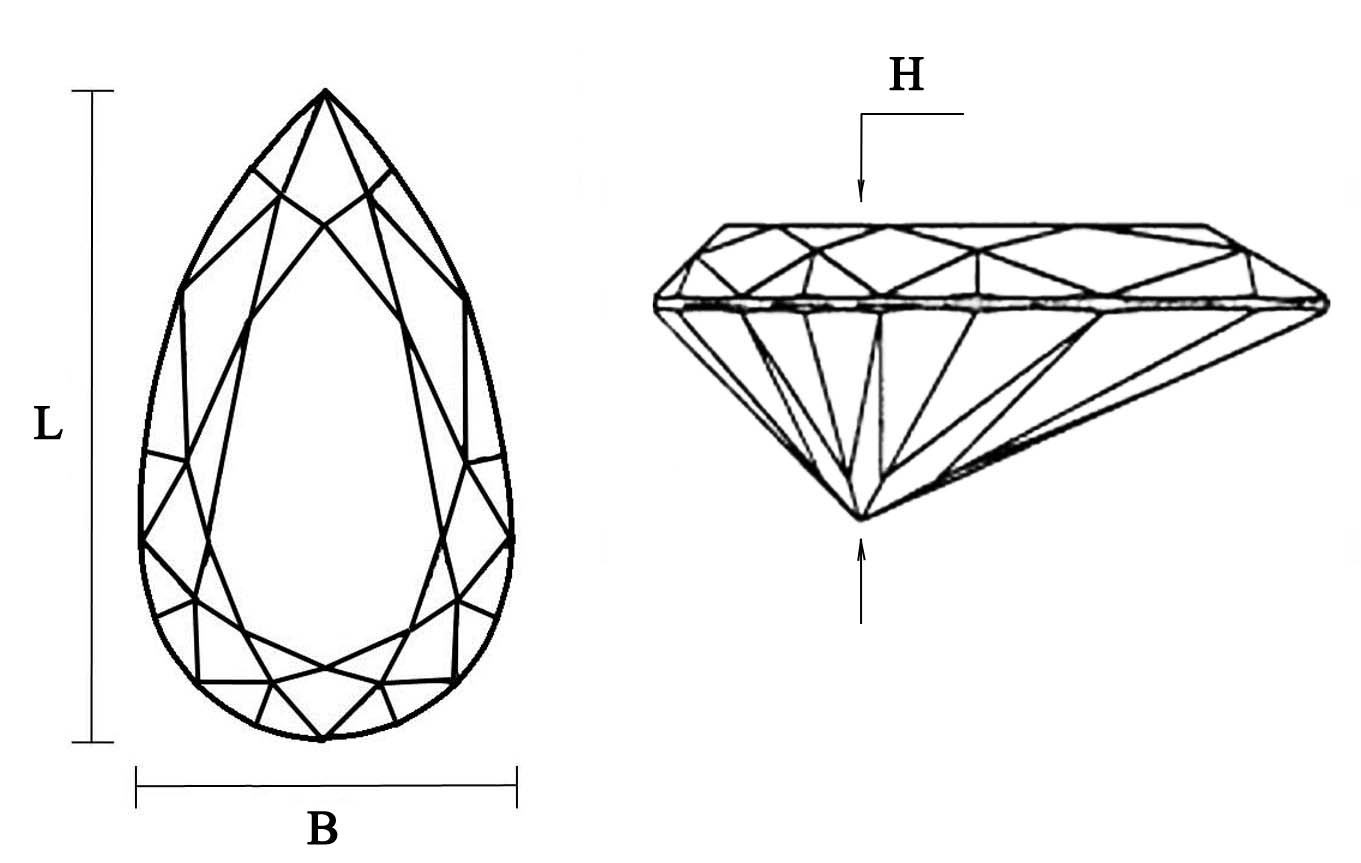
First pear shape cut (briolette) used a Flemish gem cutter from Bruges Lodwick van Berchem (Lodewyk van Bercken) in 1476. Diamonds in the shape of a pear is widely known for the images in the paintings of the 18th century. The modern form of the cut "Pear cut" was established with the design parameters of the modern round brilliant cut diamonds.


